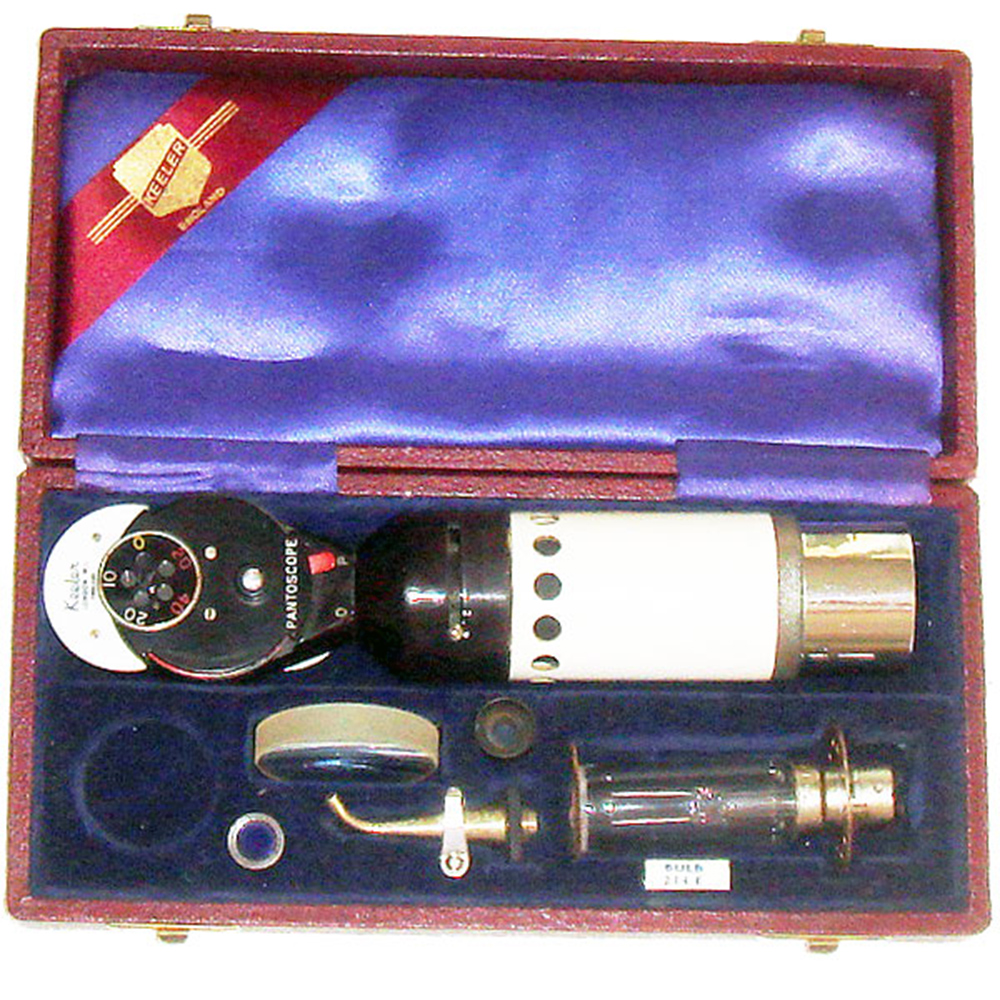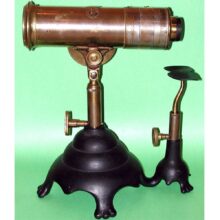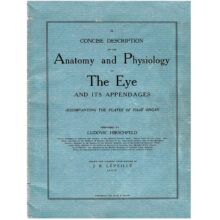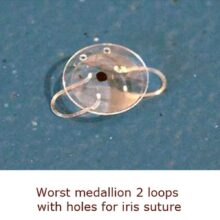The Keeler Pantoscope: A Revolutionary Ophthalmoscope from 1952
Introduction
The Keeler Pantoscope, introduced in 1952, was a groundbreaking ophthalmoscope. It quickly became a favorite among ophthalmologists in the 1950s and 1960s. This multi-purpose tool allowed eye doctors to examine patients’ eyes with greater precision and clarity.
Features of the Keeler Pantoscope
The Pantoscope came in a complete case with several accessories. These included a 13-diopter glass, a spare bulb, a condensing lens, a scleral transilluminator, a presbyopic attachment, and a high myopic attachment. These additions made the instrument versatile and useful for many different eye conditions.
One of its most impressive features was its 12-volt, 12-watt pre-centered lamp. This lamp had a plano top, which eliminated striations in the glass. This design allowed for clearer and more accurate eye examinations.
Three Beams for Different Examinations
The Keeler Pantoscope had three beams. The first was for direct ophthalmoscopy, which allowed doctors to see the retina clearly. The second was for indirect ophthalmoscopy, a method used to examine the peripheral retina. The third was for macula examination, helping doctors check the central part of the retina. Each aperture could be adjusted in size using a diaphragm.
Additional Features
The Pantoscope also had an intense slit beam. It included built-in polarized and red-free filters, which improved image quality. Accessories such as a transilluminator, a high myopic attachment, and a high-plus telescope further enhanced its functionality.
Conclusion
The Keeler Pantoscope changed the way eye examinations were conducted. With its advanced features and accessories, it provided clearer and more detailed views of the eye. This innovative device remained popular for many years and set the standard for future ophthalmoscopes.




